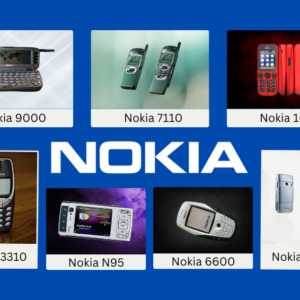While all waterproof enclosures are designed to prevent moisture and liquids from seeping in, there are a number of ways to create them. For instance, as Homesteady notes, you can create a basic waterproof seal and enclosure using materials that are readily available at a local hardware store like beeswax, linseed oil and turpentine. For a very mild environmental situation, this approach might provide enough waterproofing “power”.
The need for more rugged waterproof enclosures is also required in a number of industries and applications; for example, whenever delicate and expensive electronic parts are being used, it is vital that they are protected from liquids of all kinds. In these cases, the homemade approach mentioned above may not be enough to keep the electronics safe; instead, sturdier and more rigorous waterproof enclosures must be constructed.
As for tips on how to create an ideal waterproof enclosure design that has commercial applications, please consider the following.
IP Ratings Are Critical
To achieve an outstanding waterproof design enclosure, it’s important to use materials with certain Ingress Protection or “IP” ratings. These typical waterproof IP ratings are IP65, which protects against water jets from a 6.3mm nozzle; IP66, which protects against water jets with a 12.5mm nozzle; and IP67, which will protect the electronics against submersion in water that is up to 1 meter deep.
When designing a waterproof enclosure, it’s important to start by thinking about the specific environment the product will be used in, and then choosing a grommet, gasket and/or seal with the correct IP rating for the job. Once the seal has been selected, creating a prototype of the waterproof enclosure is a great idea; however, expensive electronics do not have to be used inside the enclosure during the testing. Put a lower-cost product inside the test enclosure, but do use the correct seals with the proper IP rating and then check the enclosure for water resistance.
As for where to purchase the seals that you need to create the waterproof enclosure, Apple Rubber offers the largest selection in the industry of o-rings, as well as grommets and gaskets. Their website includes a guide with specific information about the IP ratings for their products, so you can rest assured you are purchasing the correct seal for your specific waterproof enclosure and the conditions it will be exposed to.
Know Your NEMA
In addition to the IP rating, a waterproof enclosure may also need to adhere to a NEMA standard. Depending on the goal of the waterproof enclosure, it may need to withstand exposure to water and other liquids, but it may not need to meet a formal NEMA requirement. Having said this, it is still a good idea to familiarize yourself with what the NEMA classification is. The NEMA standards are designed to protect whatever is inside the waterproof enclosure.
More specifically, NEMA Type 1 is good for enclosures that will be used indoors, whereas NEMA Type 2 is also meant for indoor use and protects against light amounts of liquid. Enclosures with a NEMA standard of Type 4 or 4X are meant for indoor and outdoor use and are watertight and resistant to sleet and dust. For a waterproof enclosure that is really going to have to stand up to harsh elements, the NEMA Type 4 or 4X model will typically feature welded seams along with the use of gaskets and o-rings added to any fasteners to keep water out.
Waterproofing is Achievable
Waterproof enclosures can really run the gamut from a more casual system to one that can withstand heavy duty environmental conditions. By determining how the enclosure will have to perform and educating yourself with the various waterproof-related ratings, you can choose the products you need that will help ensure the enclosure is designed and created to be completely effective at keeping moisture out.






